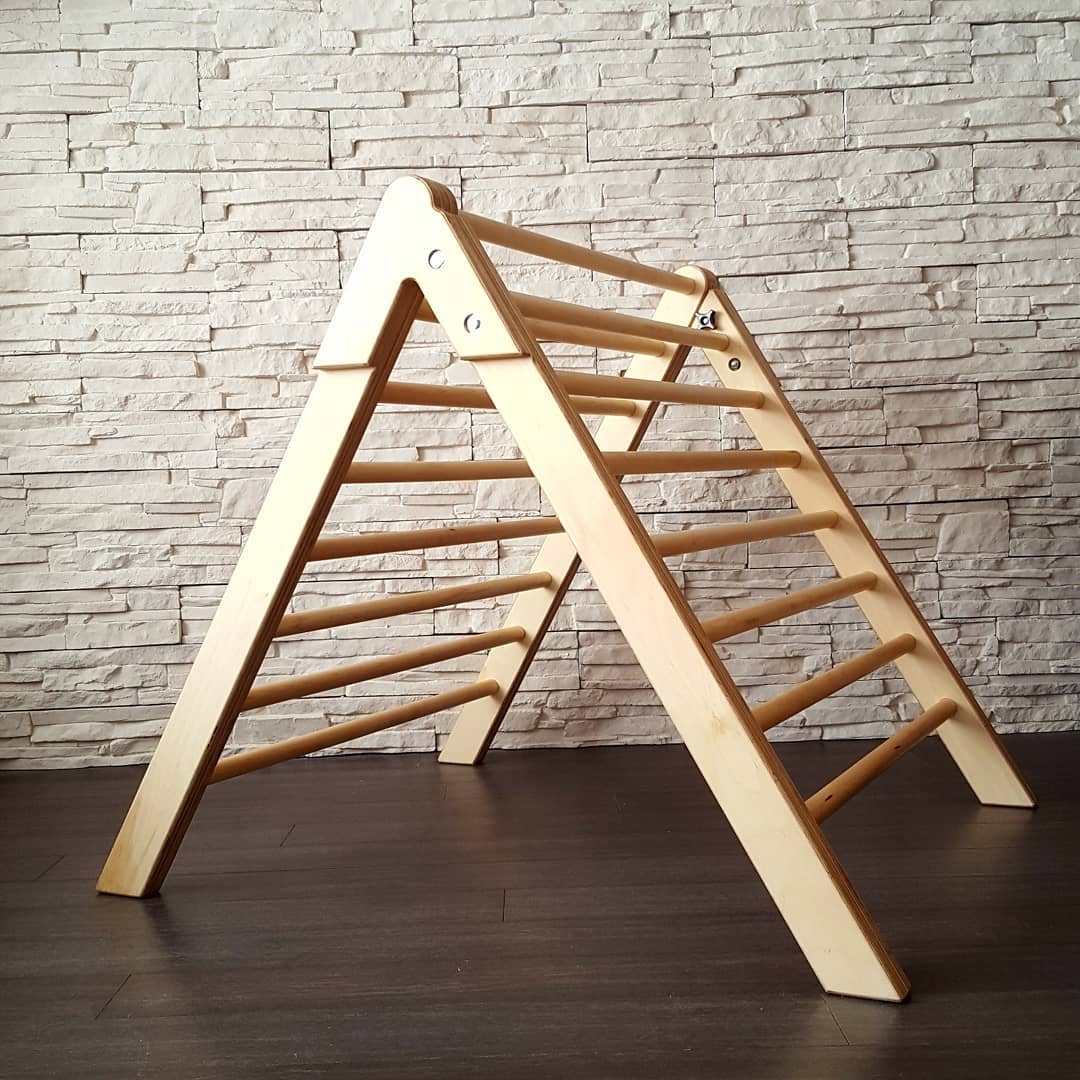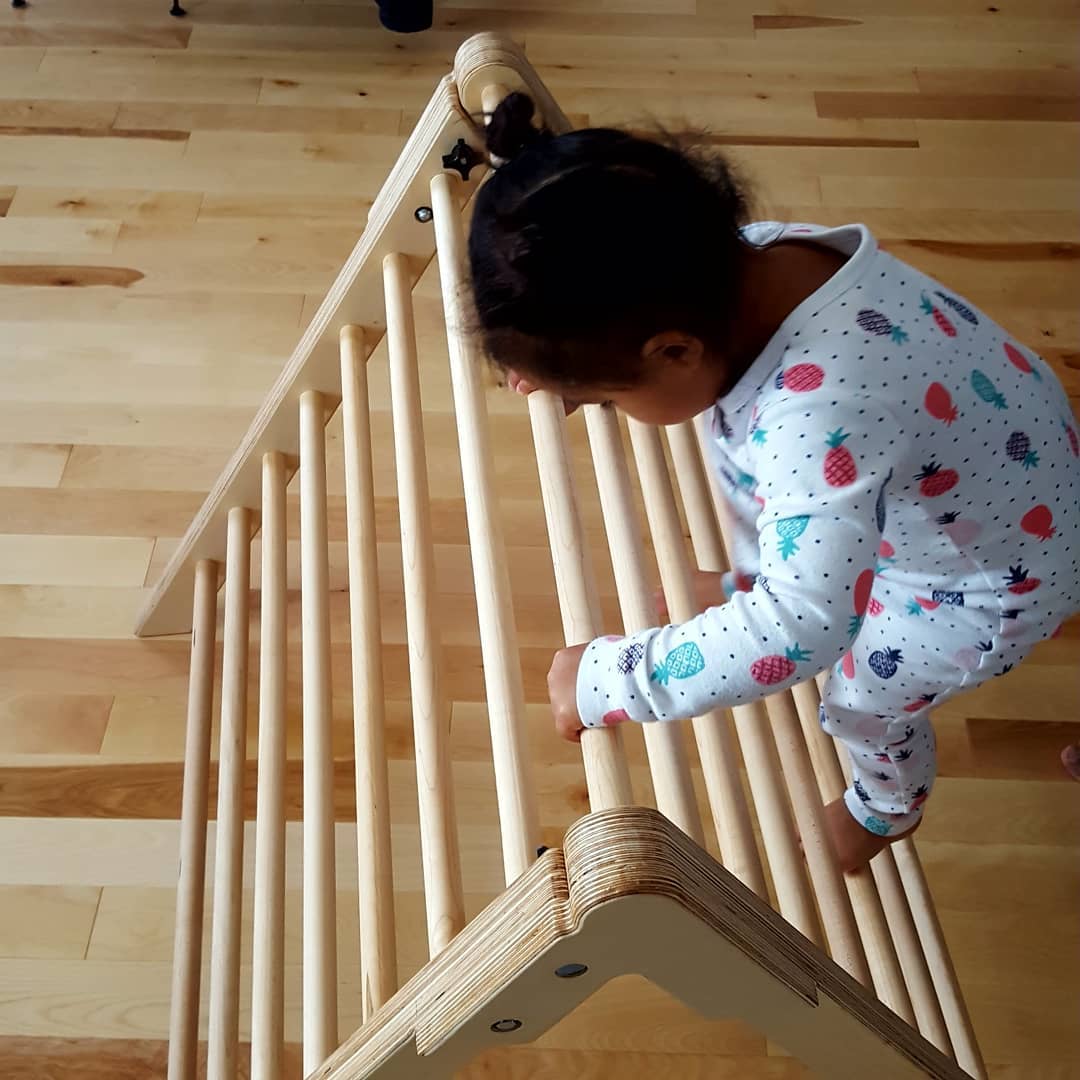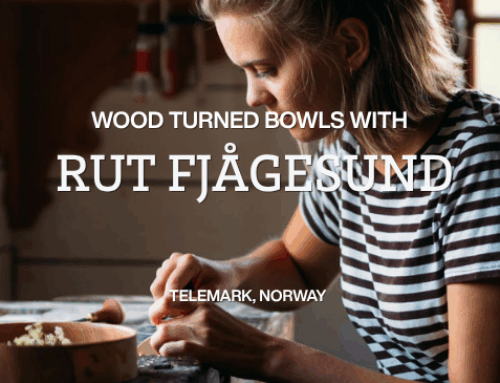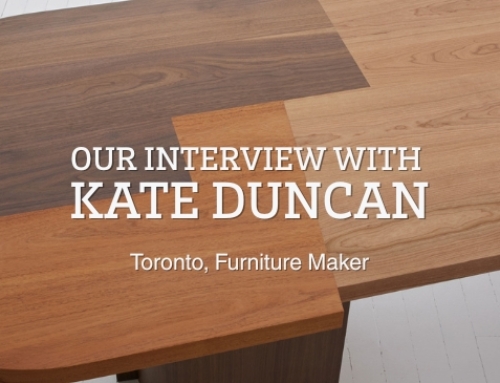Wood Finishing Safety Standards for Kids Toys
Remember in the 70s and 80s when lead paint was still being used in children’s toys? Back then, few people questioned what was in the products we brought into our homes — until studies started showing just how dangerous those materials could be.
There’s a reason governments around the world have introduced strict safety regulations over the years: to protect your health, and the health of your children and pets, from hidden toxins in everyday items.
Today, when it comes to finishes used on toys, furniture, or floors that little hands and mouths may come into contact with, there’s no room for compromise. And while the goal is the same, not all countries regulate toy safety in the same way. In this blog, we break down European, Canadian, and American safety standards for children’s toys.
Global Safety, Local Rules
Toy Standards for Different Countries:
When it comes to finishes used on toys, furniture, or surfaces that kids touch, chew, or play on, different parts of the world follow different standards. In Canada and the U.S., toy safety regulations focus primarily on total heavy metal content (like lead and cadmium). These rules — while important — don’t always account for what happens when those materials are ingested or absorbed. Each of these frameworks is designed to reduce risk. But some go further than others in protecting against real-world exposure, not just chemical presence.
🇨🇦 Canada (SOR/2011-17 under the Canada Consumer Product Safety Act)
Canada follows the CCPSA (Canada Consumer Product Safety Act), which sets limits on total heavy metal content and tests for the total concentration of certain heavy metals in toy materials.
- Tests total content of 8-10 heavy metals
- Testing focuses on total content of hazardous substances, rather than how much could migrate or be absorbed by the body (not bioavailability-based).
- Based on presence in product
- Tests mostly surface coatings and accessible parts
- Most strict on lead and phthalates
- Lead Limit: ≤ 90 ppm in coatings
- Also addresses mechanical and physical hazards, flammability, small parts, choking risks, and tracking labels for traceability.
🇺🇸 USA
The United States uses CPSIA regulations under the CPSC, which also focuses on total content — particularly for lead and phthalates.
- Tests total content of 8-10 heavy metals
- Testing focuses on total content of hazardous substances, rather than how much could migrate or be absorbed by the body (not bioavailability-based).
- Based on presence in product
- Tests mostly surface coatings and accessible parts
- Most strict on lead and phthalates
- Lead Limit: ≤ 90 ppm in coatings
- Also addresses mechanical and physical hazards, flammability, small parts, choking risks, and tracking labels for traceability.
🇪🇺 Europe (EN 71-3)
EN 71-3 goes a step further than North American standards, making it the most comprehensive safety standard globally. That’s why it’s so meaningful when a product like Osmo carries this certification.
- Tests migration of 19 elements from toy materials into the body (via mouthing, ingestion, etc.).
- Focus is on bioavailability — how much of a substance could actually be absorbed by a child.
- Based on exposure through ingestion
- Tests all toy materials (incl. coatings, wood finishes)
- Most strict on realistic exposure limits
- Lead Limit: based on migration
- Regularly updated with stricter limits as more research emerges.

Osmo is Certified to European Standard EN 71-3
Osmo is not tested according to Canadian Safety Standards because it is tested under the European EN 71-3 safety standards–one of the most child-safe standards in the world. Under the CETA trade agreement, Canada and the EU have agreed to recognize each others standards.
What does that mean?
EN 71-3 is part of the European Toy Safety Standard. It doesn’t just look at what’s in a finish — it looks at what could leach out of it, and be absorbed by the body, if a child were to lick, chew, or swallow it.
In scientific terms, it tests the migration of certain elements — like lead, cadmium, mercury, and arsenic — from coatings, paints, plastics, and even wood finishes.
This bioavailability-based testing makes EN 71-3 one of the most child-safe standards in the world.
Why EN 71-3 Compliance Matters for Wood Finishes
Toys, cribs, high chairs, and even wooden floors in children’s rooms are often protected with a finish. But not all finishes are created equal. Some contain:
-
Heavy metals
-
Harsh solvents
-
High levels of VOCs (Volatile Organic Compounds)
Over time, those substances can off-gas or leach out — especially when exposed to moisture, heat, or saliva.
That’s why finishes that meet EN 71-3 offer a much higher level of safety — because they’re proven not to release harmful substances under real-life conditions.

Photo obtained with permission from Tristan Wan Design.
Toy Safety Standards Comparison – Heavy Metals & Migration Limits
Element/Metal |
EN 71-3 |
Canada (CCPSA/SOR 2011-17) |
USA (ASTM F963 + CPSIA) |
|---|---|---|---|
| Aluminum (AI) | 70,000 | Not regulated specifically | Not regulated specifically |
| Antimony (Sb) | 560 | 60 | 60 |
| Arsenic (As) | 47 | 25 | 25 |
| Barium (Ba) | 18,750 | 1,000 | 1,000 |
| Boron (B) | 15,000 | Not regulated | Not regulated |
| Cadmium (Cd) | 17 | 75 | 75 |
| Chromium III (Cr III) | 460 | Part of the total chromium testing* | Part of the total chromium testing* |
| Chromium VI (Cr VI) | 0.053 | 0.009 (90 ppb) | 0.009 (90 ppb) |
| Cobalt (Co) | 130 | Not regulated | Not regulated |
| Copper (Cu) | 7,700 | Not regulated | Not regulated |
| Lead (Pb) | 23 | 90 (surface coatings) | 90 (surface coatings) |
| Manganese (Mn) | 15,000 | Not regulated | Not regulated |
| Mercury (Hg) | 94 | 10 | 10 |
| Nickel (Ni) | 930 | Not regulated for toys | Not regulated for toys |
| Selenium (Se) | 460 | 500 | 500 |
| Strontium (Sr) | 56,000 | Not regulated | Not regulated |
| Tin (Sn) | 180,000 | 20,000 | 20,000 |
| Organic Tin Compounds | 12 | 0.1% (1000 mg/kg) of certain organotins | Column 4 Value 18 |
| Zinc (Zn) | 46,000 | Not regulated | Not regulated |
Osmo: Safe by Design
Safe Enough for the Smallest Members of Your Family
Whether you’re finishing a handmade toy, a nursery floor, or a child’s furniture piece, you shouldn’t have to choose between beauty and safety. At Osmo, we believe a finish should be beautiful, durable — and safe. Many of our flagship products, like Polyx®-Oil Original, are tested and certified to meet EN 71-3.
With Osmo, you get:
-
A natural, hard-wearing finish made with plant-based oils and waxes
-
Tested to the world’s highest toy safety standard
-
Trusted by woodworkers, designers, and parents around the world
-
No harmful leaching
-
Low VOCs
-
Safe for children’s toys and furniture
-
Peace of mind for parents, pet owners, and pros
When it comes to the safety of our children, every detail matters — especially the materials and finishes we bring into their play spaces. While regulations differ around the world, EN 71-3 stands out as one of the most rigorous and reliable standards for ensuring toy safety by focusing on what harmful substances can actually migrate from a product and be absorbed by the body.
Choosing finishes like Osmo Polyx®-Oil, which are tested and certified to meet EN 71-3, means you’re not only protecting the beauty and durability of your wood but also prioritizing the health and safety of your family. With low VOCs, natural plant-based oils, and strict adherence to international safety standards, Osmo finishes deliver peace of mind — so you never have to compromise between quality and safety.
Whether you’re finishing a beloved handmade toy, a nursery floor, or children’s furniture, Osmo helps you create beautiful, long-lasting, and truly safe environments for the smallest members of your family.






